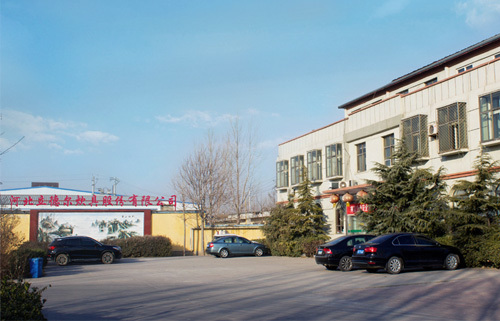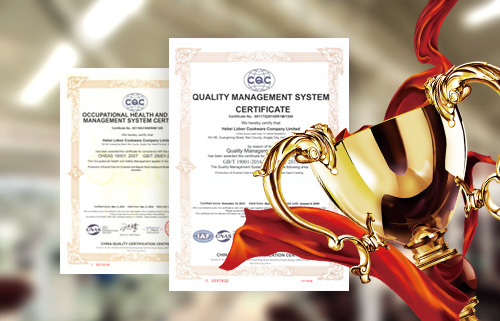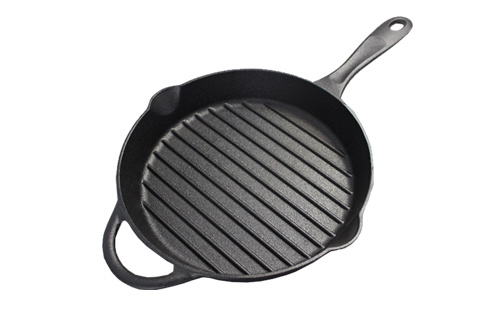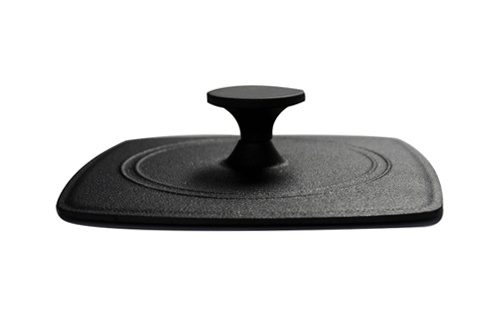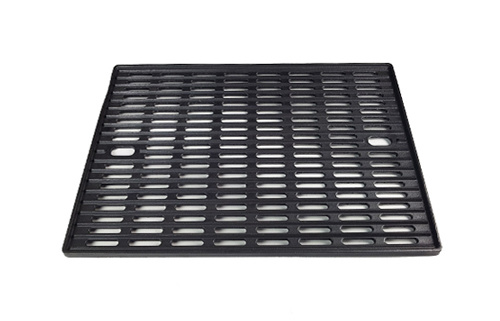Today, stainless steel products are becoming more and more popular among housewives, so the annual consumption of stainless steel is increasing year by year. According to the statistics of authoritative departments, the annual consumption of stainless steel kitchen utensils in China ranks first, accounting for about a quarter. Therefore, the development of the kitchen industry has affected the development of the stainless steel industry to a certain extent.
1 Stainless steel kitchenware overview
From the beginning to the end of any industry, it basically goes through four stages: initial period, growth period, maturity period and recession period. At present, stainless steel kitchen utensils are in the growth stage. The main reasons are: First, market share and demand growth rate have maintained growth. At present, the market share of stainless steel kitchen utensils is around 40%, and the demand growth rate is maintained at 20%. Second, there are many business enterprises and diversified product varieties. At present, there are more than 1,300 stainless steel kitchen utensils companies in China, and there are more than 300 types of products. Third, the barriers to entry have increased and technological innovation has improved. The Ministry of Health, the National Standardization Administration Committee and other relevant departments have established various rules and regulations to implement an access system for stainless steel kitchen utensils, which has created obstacles for enterprises to enter the industry. Fourth, there are certain strength brand manufacturers, but the market share is not large. At present, domestic well-known brands mainly include Supor, ASD, Double Happiness, Boss Electric, Lingfeng, etc. The market share of a single brand does not exceed 5%.
Using the Boston rectangular model, the market capacity of stainless steel kitchen utensils in domestic kitchen utensils was measured by two factors: market share and demand growth rate. The values in the horizontal and vertical coordinates are the average of the market share and demand growth rate of stainless steel kitchen utensils, aluminum kitchen utensils, iron kitchen utensils and porcelain utensils. Through judgment, China's stainless steel kitchen utensils belong to the star business, which is the main contribution of China's tableware growth. Aluminum kitchen utensils are problematic products, and it is necessary to change sales strategies and increase exports. Porcelain kitchen utensils and iron kitchen utensils are all thin dog products. Among them, the iron type is not suitable for rusting due to the improvement of the requirements of the kitchen utensils, so the demand will be gradually reduced. Porcelain products are still likely to develop into Taurus products.
The brand pattern of the stainless steel kitchen utensils market is clearly divided into high-end, mid-to-high end, mid-end and low-end markets. At present, the high-end market is mostly owned by internationally renowned brands, but it has not yet presented one or several monopoly of the market. There are many brands in the mid-to-high-end market, such as Supor, like ASD, Double Happiness, etc. The brand strength and channels are expanded and extended to the third- and fourth-tier cities and rural markets. The mid-end market has a lot of brands, many manufacturers, and fierce competition; the low-end market is dominated by miscellaneous brands, and many small companies produce them.
2 stainless steel kitchenware industry competitiveness analysis
Using the Porter Five Force Model to analyze the competitive structure of the stainless steel kitchenware industry, mainly from the supplier's bargaining power, customer bargaining power, potential entrants, alternative threats, and existing corporate competitiveness, in order to better To judge the ability of various aspects, this paper is divided into five levels: weak, weak, medium, strong and strong, as follows:
1) The bargaining power of the supplier - medium. Reasons: 1 The upstream raw materials account for 50-80% of the production cost of stainless steel kitchen utensils, and the price of stainless steel kitchen utensils is largely around; 2 the downstream purchasers are numerous; 3 upstream enterprises are difficult to integrate or realize integration, they purchase The raw materials are mainly from several large steel mills in China, but the downstream enterprises can achieve the integration of the latter.
2) The customer's bargaining power - stronger. Supporting factors: 1 The upstream kitchenware industry produces small enterprises with a turnover of less than 100 million and accounts for 80%. 2 The quality of the kitchenware purchased by the purchaser is not much different, and the product can be purchased from multiple sellers at the same time.
3) The threat of new entrants - weak. Reasons: 1 In recent years, the entry threshold has increased; 2 the joint cost is too high, and the required operating costs have increased.
4) The threat of alternatives - weak. Reason: At present, the kitchen utensils are mainly made of stainless steel kitchen utensils, aluminum kitchen utensils, iron kitchen utensils and porcelain kitchenware. Among them, the market share of stainless steel kitchen utensils is 40%. Other types of kitchen utensils are characterized by easy rust and difficult to clean, and the development space is limited.
5) Existing companies compete - medium. Analysis: The brands of stainless steel kitchen utensils are mainly Supor, ASD, Double Happiness, Boss Electric and Lingfeng. The single brand share is less than 5%, and other companies have a market share of 82%. It is not enough to compete with the previous big companies.
On the whole, in the current competitive structure of the stainless steel industry, price competition is fierce, and the threat of other brands and substitutes is low. Therefore, in combination with the Porter's five-force model and general strategic relationship, the recommendations for stainless steel kitchen utensils are as follows:
◆ Cost leadership strategy: grasp the raw material market in many aspects, customize useful raw material information, and try to reduce the cost of raw materials; on the other hand, increase the level of high-end technology, compress costs in production and processing, and ensure profits through low-cost, and let customers There is more bargaining space to attract customers.
◆ Differentiation strategy: More efforts should be made in the function and use of the product, not only to ensure long-term durability, but also to be healthy and environmentally friendly, which is conducive to improving customer loyalty.
◆ Centralization strategy: Improve the centralized strategy of products, enlarge and strengthen a certain kitchen utensils, and develop branding so as to occupy the market faster and better.

